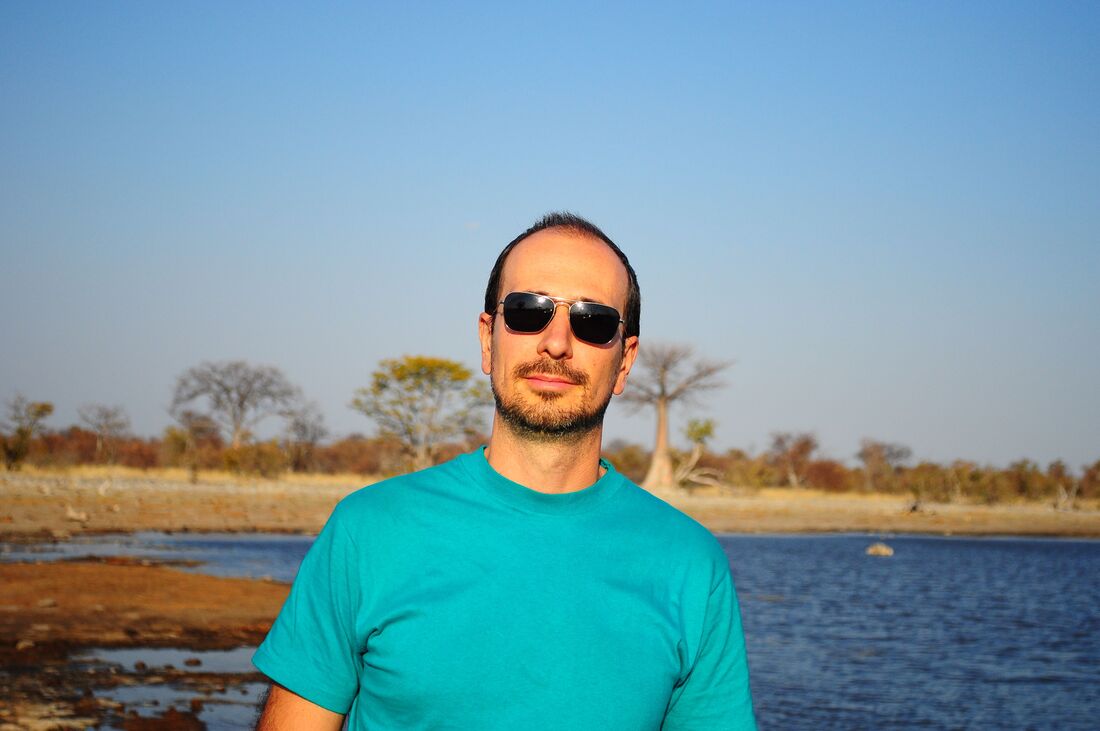I consider Ecohydrology as the science that studies the role of water in the functioning of terrestrial ecosystems through the analysis of two-way interactions of hydrological processes with the biota. This includes for instance both the biotic controls on the water cycle through processes such as evapotranspiration, precipitation, or infiltration, and the hydrologic controls on the dynamics of plant and microbial communities, biogeochemical cycles, and species dispersal.
What are your undergraduate and graduate degrees in?
I have an undergraduate degree in Civil Engineering and a Ph.D. in Hydraulic Engineering.
How did you arrive at working in/thinking about ecohydrology?
I started working in this field quite early during my postdoc with Ignacio Rodriguez-Iturbe. At that time (1998) the term ‘ecohydrology’ still had to become popular. We started with the study of water-limited ecosystems, the hydrologic controls on plant water stress, and the nitrogen and carbon cycles. In the following years I become increasingly interested in lab and field work to investigate the role of soil moisture, vegetation, and fire in the control of soil biogeochemistry, wind erosion, and land-atmosphere interactions. We explored patterns of soil water, nutrient and root distribution in southern African savannas. Field work stimulated new questions on the role of ecohydrological feedbacks in the emergence of bifurcations, alternative stable states, and critical transitions in ecosystem dynamics. In particular, we looked at the role of environmental noise, in the form of interannual rainfall variability and investigated the ability of noise to create order (i.e., spatiotemporal patterns) in ecosystem dynamics.
While I remain interested in dryland ecohydrology I have broadened my interest to subhumid environments, wetlands, and agroecosystems. In recent years I have included humans “in the picture” and investigated socio-environmental dynamics of human appropriation and use of freshwater resources, looking at the ecohydrological limits to the sustainable use of water.
What do you see as an important emerging area of ecohydrology?
Ecohydrology plays a central role in the study the biosphere’s response to climate change, the dynamics of carbon sequestration, and the associated feedbacks on climate. There is an increasing need for improved understanding of how changes in precipitation (i.e., in mean, intermittency and interannual variability) can affect plant community dynamics and species distribution. New tools help us understand the hydrologic controls on patterns of biodiversity and soil carbon sequestration. Independently of climate change, the study of ecohydrological patterns and how hydrological processes and landforms shape ecological communities and their resilience remain an important area for fundamental research in ecohydrology.
Personally, I am fascinated by how water availability is determining the distribution of economic activities (e.g., crop production, livestock grazing, mining) that shape the global patterns of land use and land use change. I am interested in the ecohydrological drivers and impacts of land use and water sustainability.
Do you have a favorite ecohydrology paper? Describe/explain.
My absolute favorite is Rodriguez-Iturbe, et al. (1999; Probabilistic modelling of water balance at a point: The role of climate, soil and vegetation, Proc. R. Soc. London, Ser. A, 455, 3789–3805). This paper provides a process-based, comprehensive description of soil moisture dynamics accounting for the role of rainfall regime, soil properties, and vegetation, based on a stochastic representation of the soil water balance. This framework contributed to shape the field of ecohydrology. It has been used to study the role of soil moisture in biogeochemical cycles, vegetation dynamics, plant water stress, pattern formation, land-atmosphere interactions, and many other research questions in ecohydrology.
On the more ecological side, I have been inspired by the work by Walker et al. (1981; Journal of Ecology 69: 473–498) on the stability of grazing systems. This paper has been the precursor of more recent research on stability and resilience in ecohydrology, though back then, nobody was referring to this field as “ecohydrology”.
What do you do for fun (apart from ecohydrology)?
I like to travel to new places, both domestically and internationally. In my everyday life I like to repair antique frames.

 RSS Feed
RSS Feed